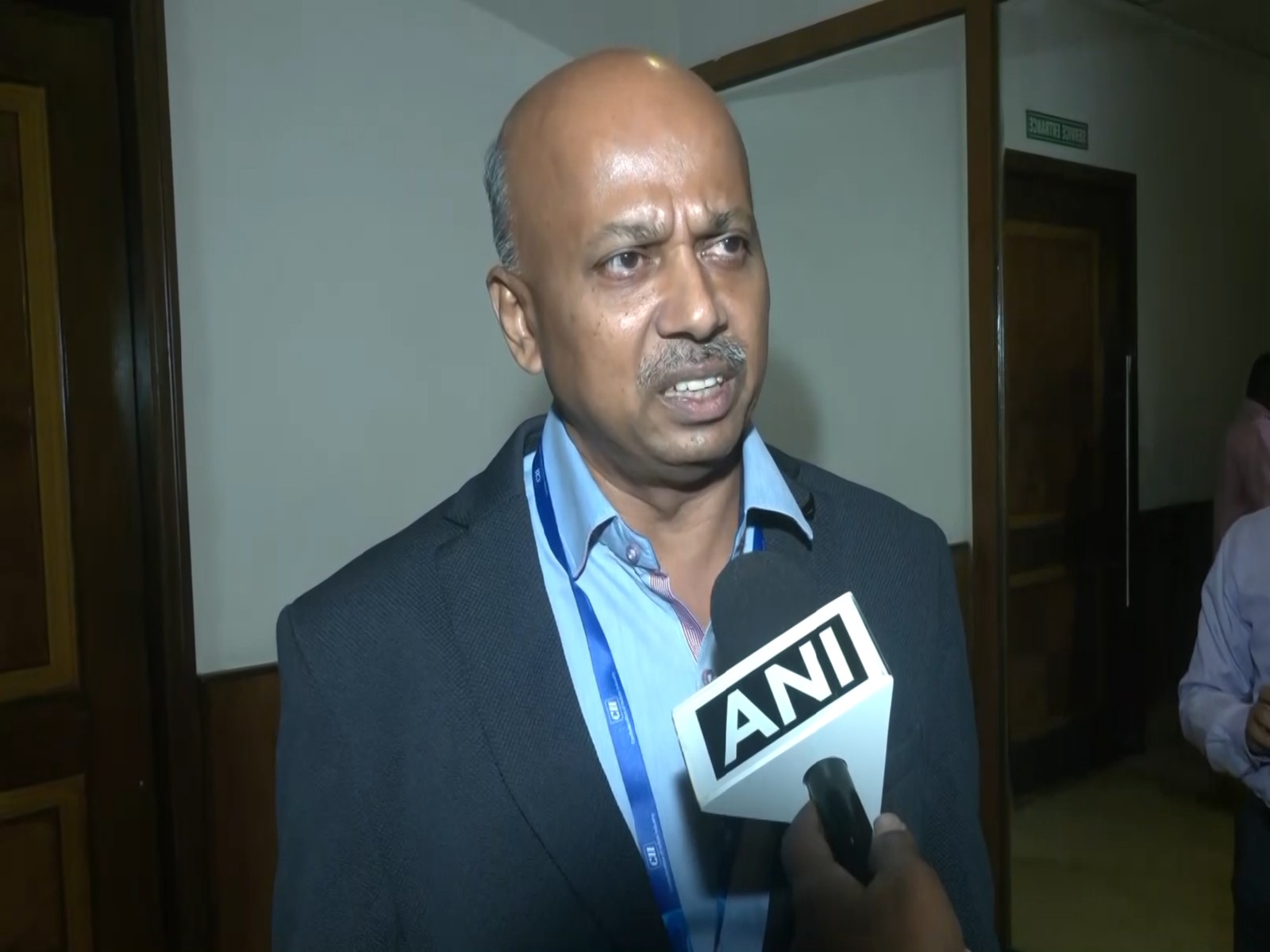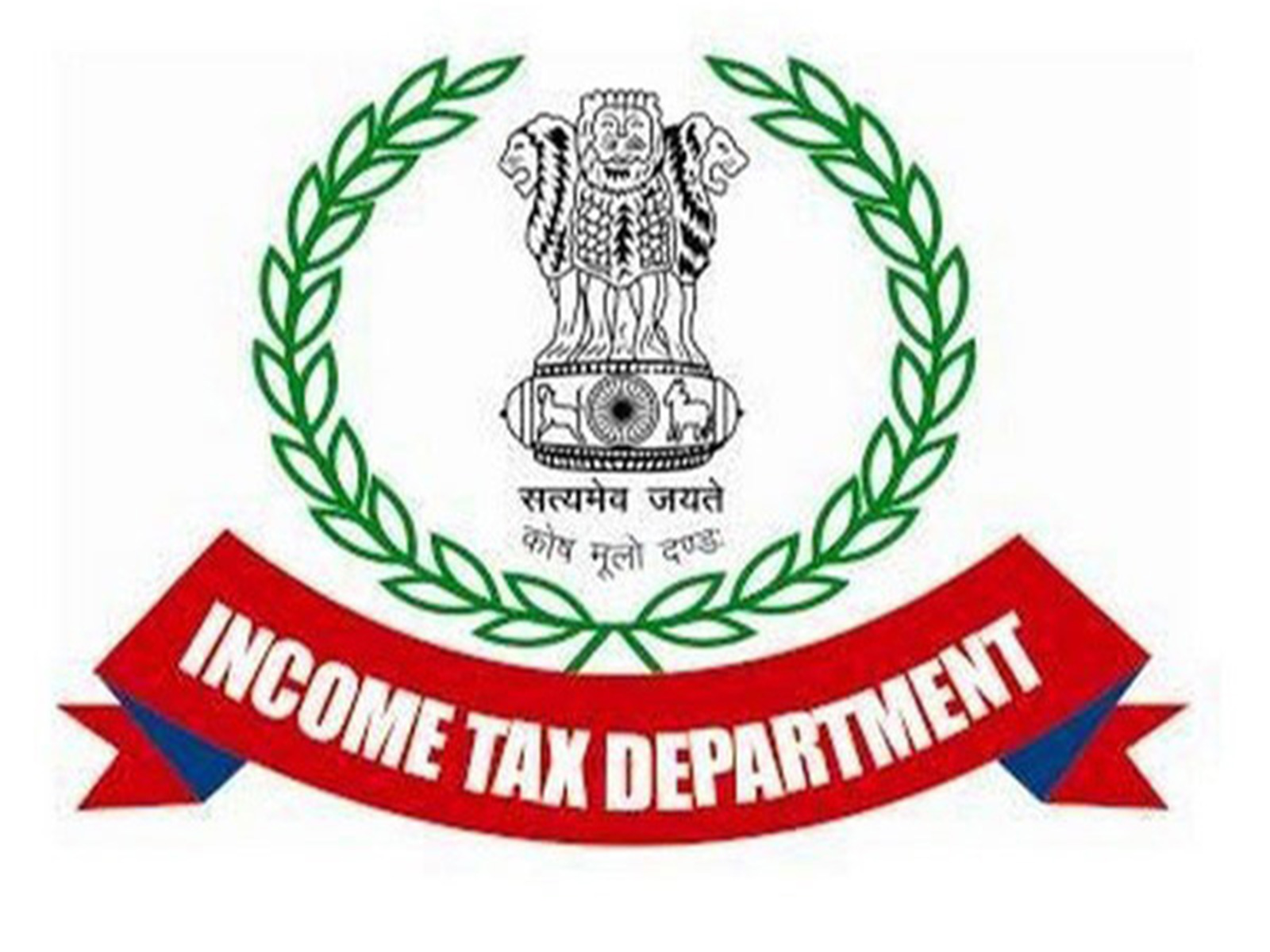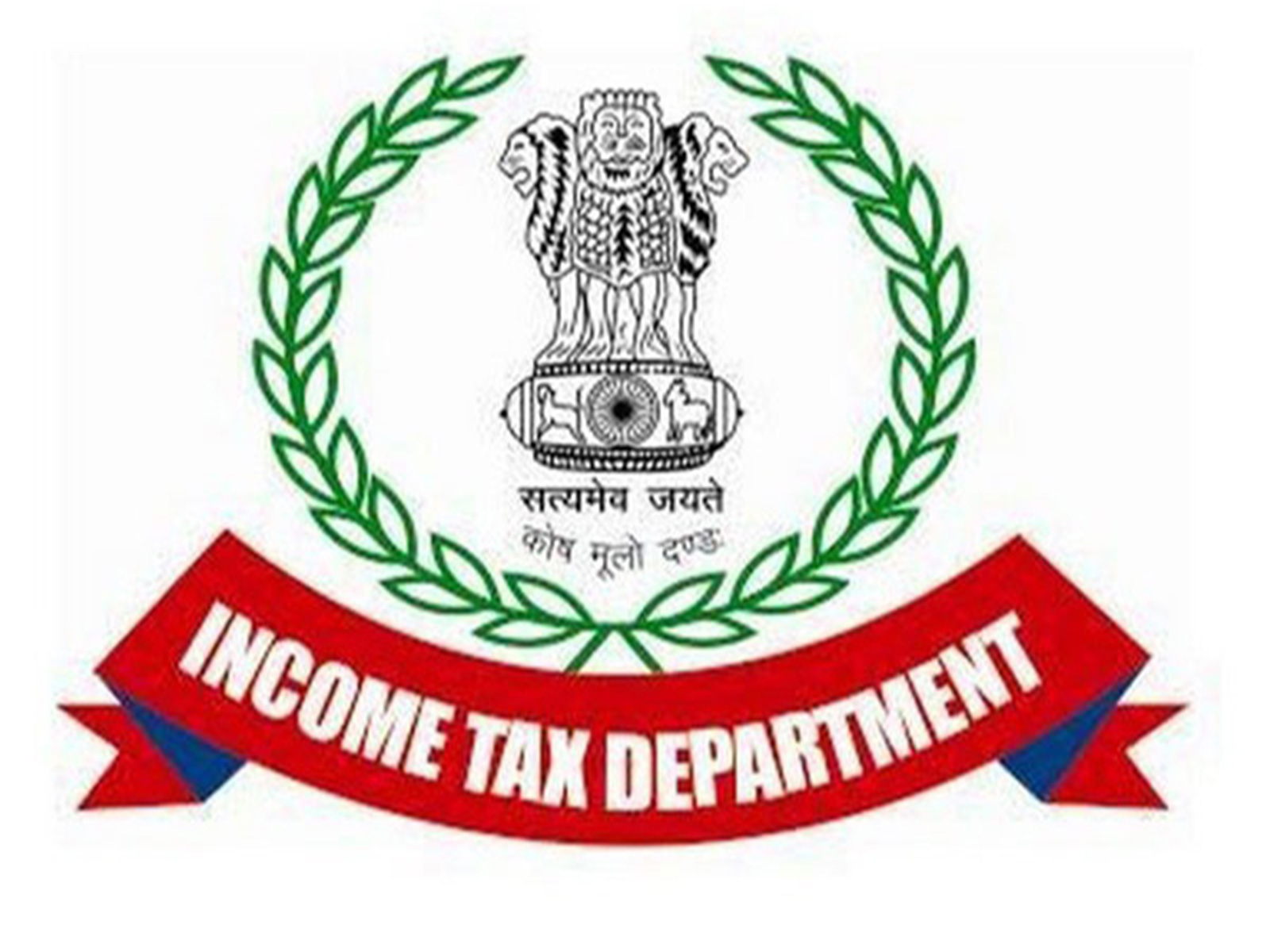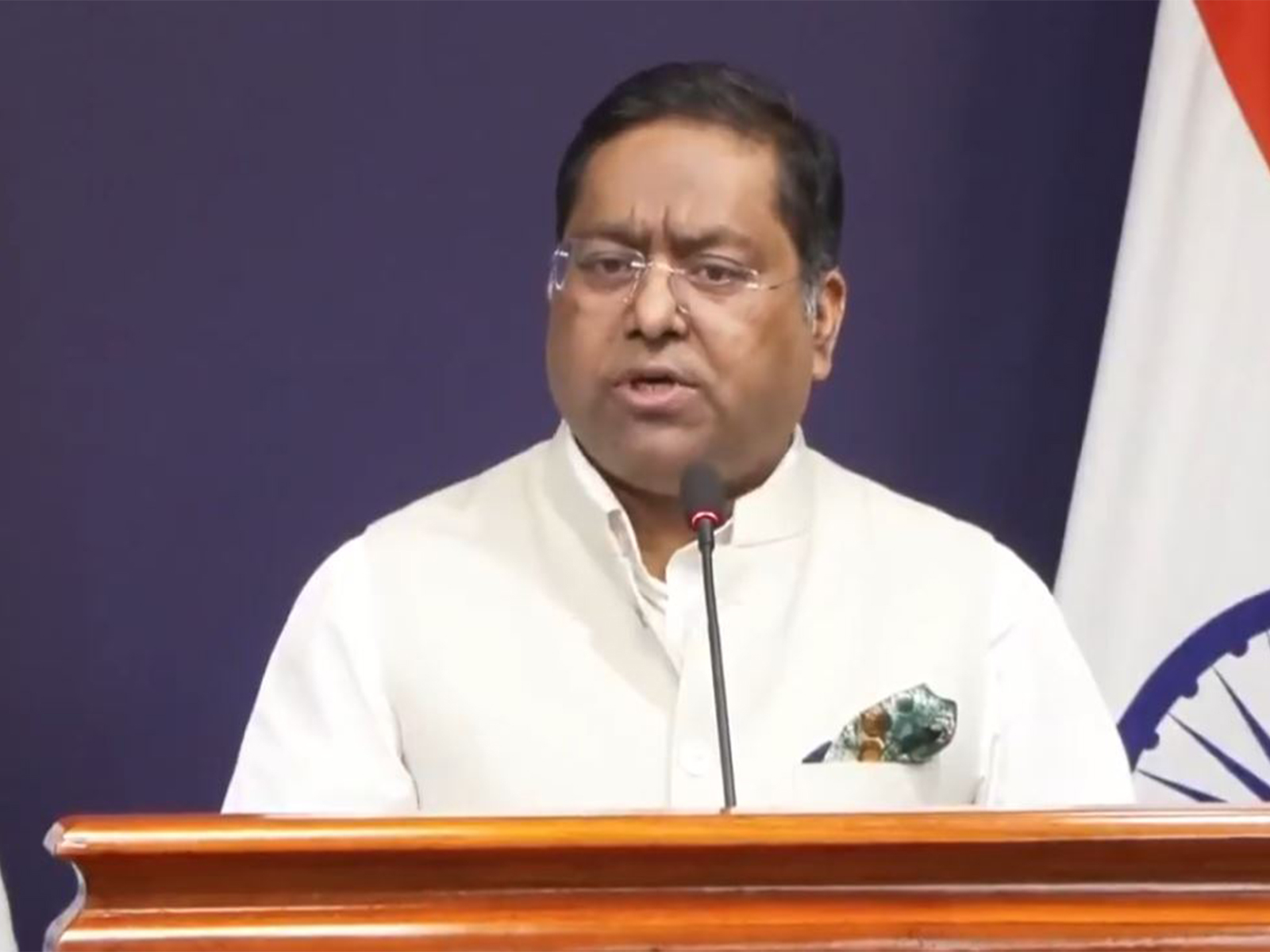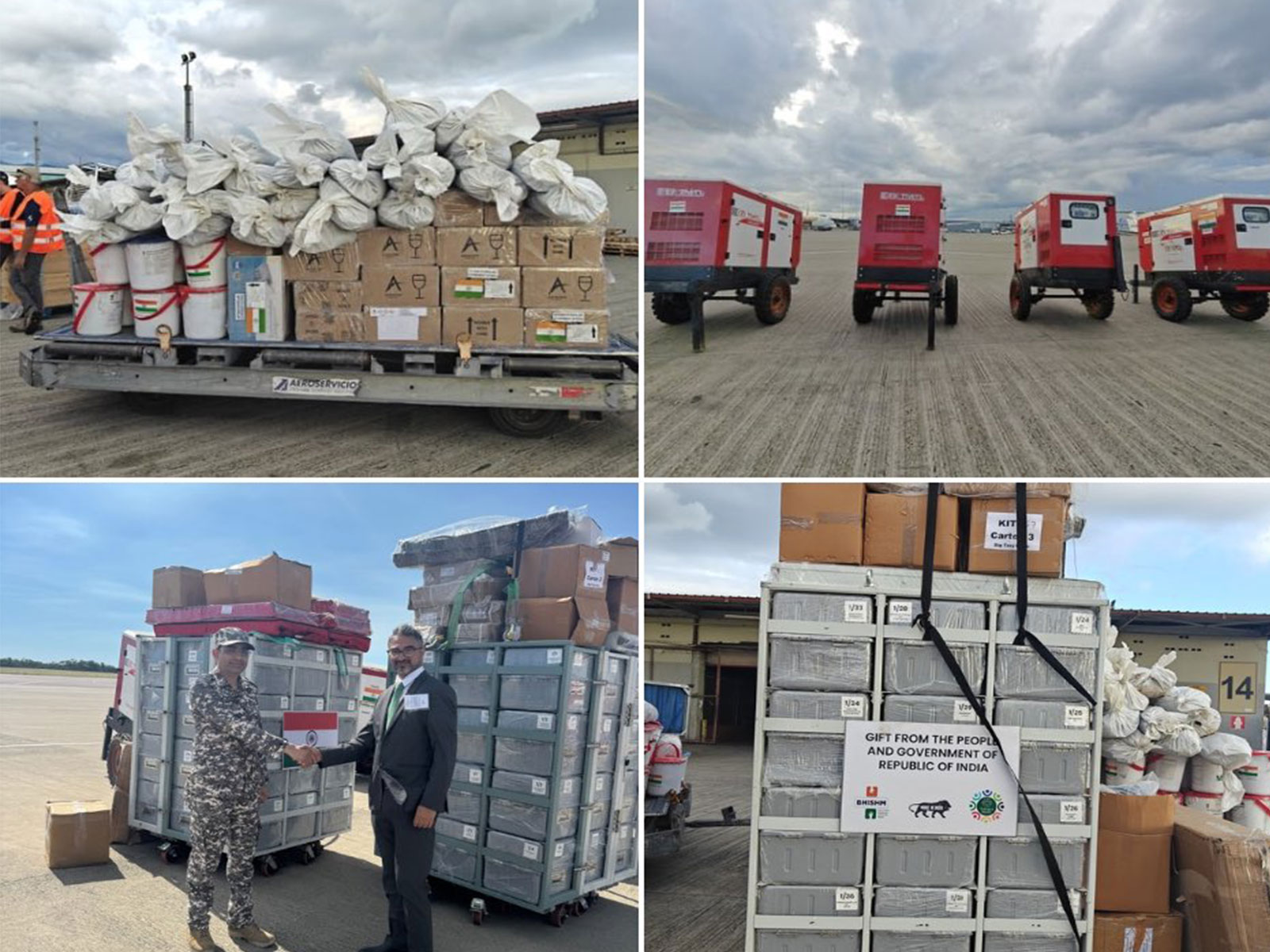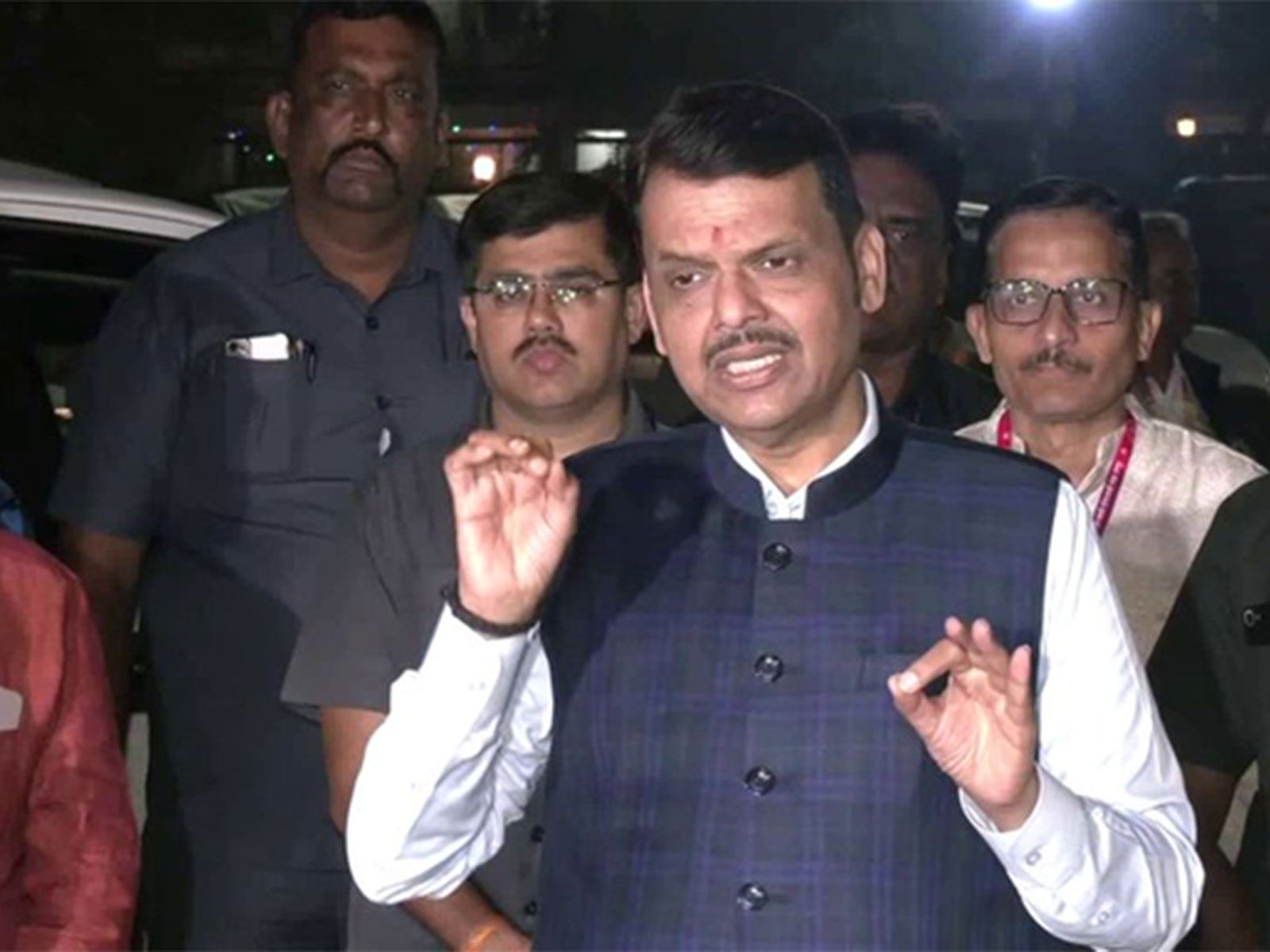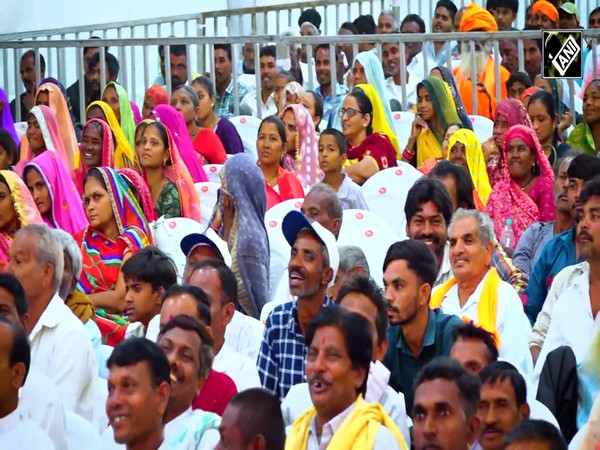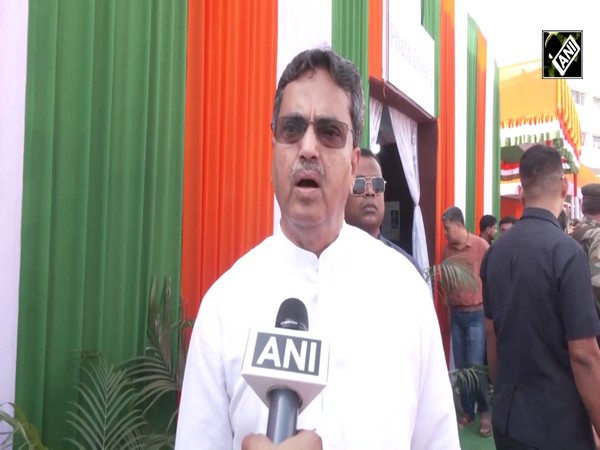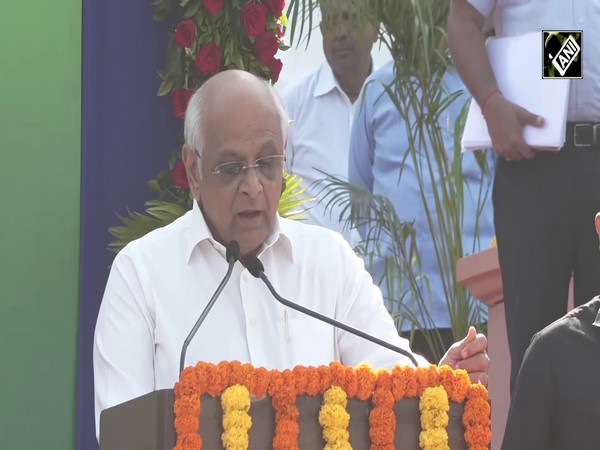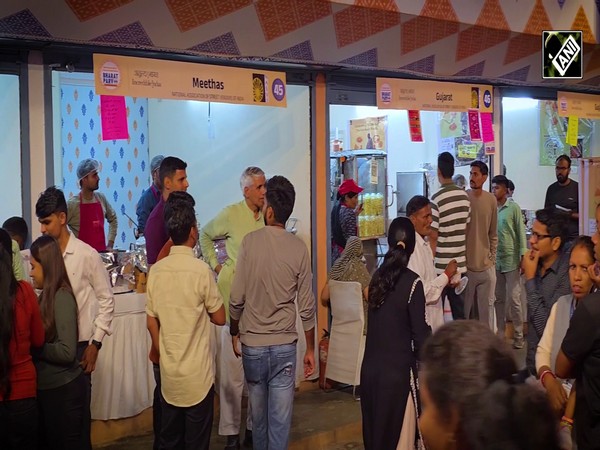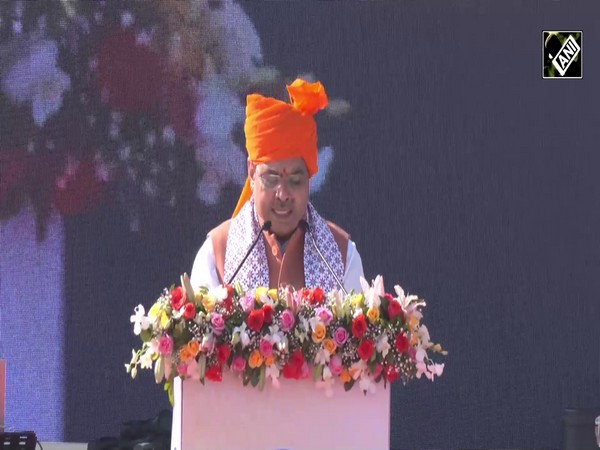With healthier balance sheets, banks are supporting credit growth: RBI Financial Stability Report
Jun 27, 2024

New Delhi [India], June 27 : The global economy is currently facing significant risks stemming from ongoing geopolitical tensions, high levels of public debt, and slow progress in reducing inflation, according to the Reserve Bank of India's (RBI) 29th Financial Stability Report (FSR) released on Thursday.
Despite these challenges, the report highlighted that the global financial system has managed to remain resilient, maintaining stable financial conditions.
For the Indian economy, the report highlighted that the country's economy and its financial system are both strong and resilient. This stability is supported by strong macroeconomic fundamentals and a sound financial system. The RBI points out that with healthier balance sheets, banks and financial institutions in India are actively supporting economic activities through consistent credit expansion.
"The Indian economy and the financial system remain robust and resilient, anchored by macroeconomic and financial stability," said RBI.
The report said that as of the end of March 2024, the capital to risk-weighted assets ratio (CRAR) and the common equity tier 1 (CET1) ratio for scheduled commercial banks (SCBs) were 16.8 per cent and 13.9 per cent, respectively. These ratios are important indicators of a bank's financial health, showing how much capital it has relative to its risks.
Moreover, the report noted a significant improvement in the quality of assets held by banks. The gross non-performing assets (GNPA) ratio fell to a multi-year low of 2.8 per cent, while the net non-performing assets (NNPA) ratio dropped to 0.6 per cent by the end of March 2024. This indicates that banks are effectively managing their bad loans, reducing the risks of defaults.
The report also included macro stress tests for credit risk, which are used to assess how well banks can handle potential financial shocks. These tests project that banks will be able to meet minimum capital requirements even under adverse conditions.
Specifically, the system-level CRAR is projected to be 16.1 per cent under a baseline scenario, 14.4 percent under a medium stress scenario, and 13.0 per cent under a severe stress scenario by March 2025.
Additionally, the report highlights the health of non-banking financial companies (NBFCs) in India. As of the end of March 2024, NBFCs had a CRAR of 26.6 per cent, a GNPA ratio of 4.0 per cent, and a return on assets (RoA) of 3.3 percent. These figures demonstrate that NBFCs are well-capitalized, managing their non-performing assets effectively, and achieving good returns on their investments.
